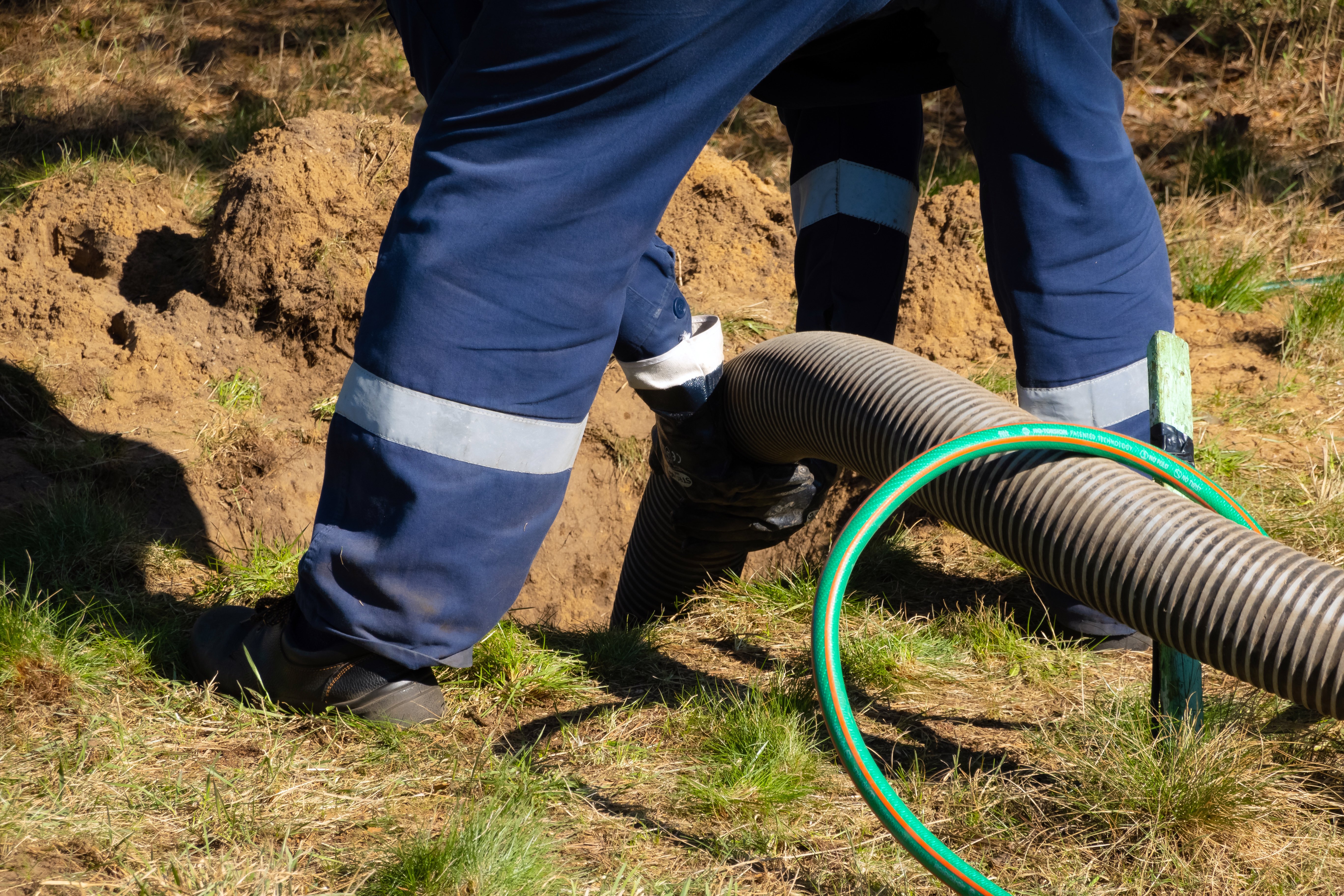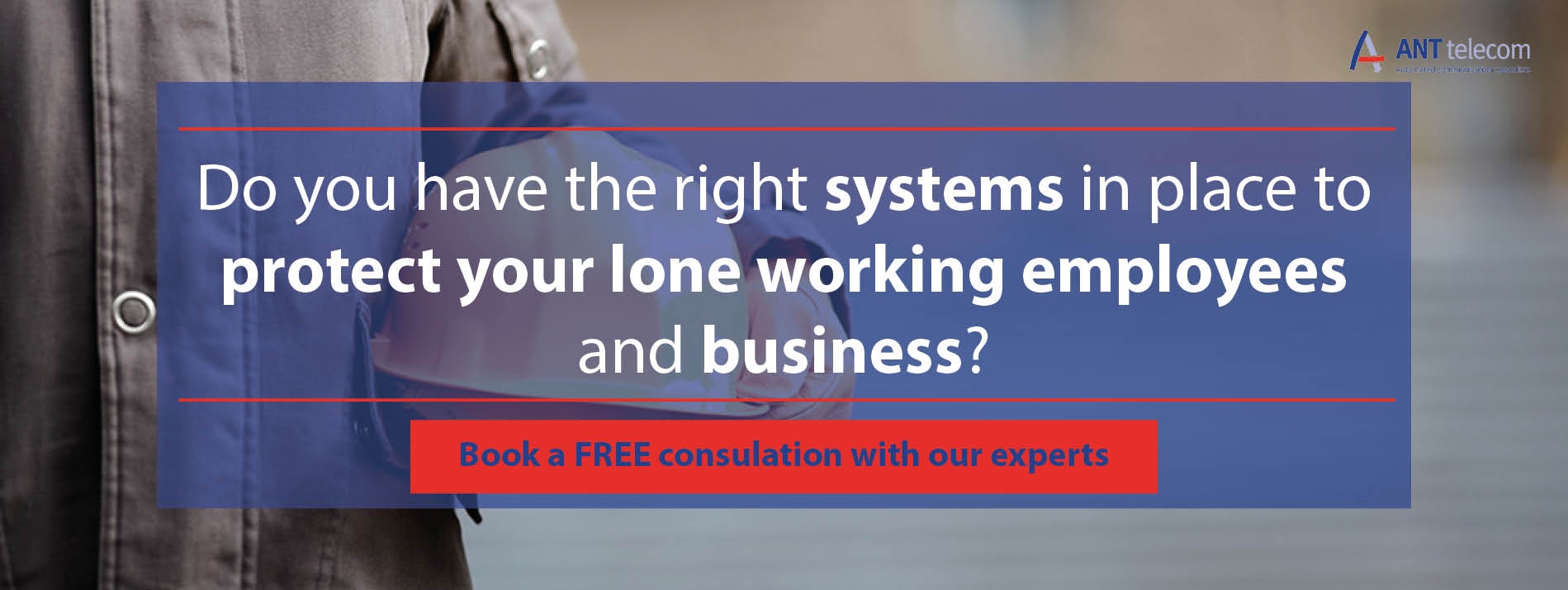
Working for a water company poses various risks to workers. From working alone in remote pumping stations to digging up the ground in search of water leaks, the work poses inherent risks. However, adequate training, risk assessments and other measures all contribute to limiting the risks and making the work as safe as possible. Lone working in the water industry is an inevitable part of the work and getting help may not always be easy when working in isolated areas. So how do utility companies manage to keep their workers safe to continue to provide the essential service they do? This article discusses some of the measures water companies use to minimise the risks of solitary working for their employees.
What are the Typical Risks Water Company Employees Face?
Water company employees work in a variety of locations to keep clean water flowing. Each working environment poses different challenges and risks. While lone working may compound these risks, they are usually present regardless of whether employees are working as a team or not. Below are some of the most common dangers they face:
- Slips, trips and falls from working on uneven ground.
- Falls from height.
- Confined space working accessing shut off valves, pipes etc.
- Exposure to hazardous material such as water treatment chemicals.
- Danger from moving vehicles when carrying out repairs and installation works near highways.
- Exposure to the elements.
- Injury by falling objects.
- Lifting and handling of heavy material and equipment.
- Risk of drowning.
- Electrocution when working with electrical systems around water.
As you can see there are quite a few risks workers and employers have to take into account. Throw into the mix solitary working and suddenly the potential of workers getting injured while at work increases. So how do water companies control these risks to minimise the impact on their workers?
Dealing With Lone Working Risks
Companies make every effort possible to put the health and safety of workers at the top of their priorities. Not only is it the right thing to do, but legally companies have an obligation to ensure workers do not come to harm while at work. Equally, under the Health and Safety at Work Act (1974), employees have a duty of care to themselves and their colleagues.
Here are some of the typical preventative measures water company workers take to eliminate or reduce risks.
Use of Personal Protective Equipment
Due to the inherent risk of the work, protective workwear is one of the methods of controlling risk. High visibility gear, hard hats, safety boots, gloves, ear protection and safety gloves are often mandatory when working.
Communication Challenges
Poor mobile coverage in remote sites and underground locations make it impossible to keep in touch with lone workers using the mobile phone network. Some traditional systems rely on workers keeping in touch via mobile through regular check-ins. Without a reliable mobile network this system breaks down. Lone workers working in remote areas need a reliable communication system and radio is often the basis of such a system.
Efficient Management of Critical Site Alarms
Raising alarm in the event of an accident while lone working is one of the biggest challenges water company workers face. Some sites are too noisy to shout for help, and conventional alarm systems often fail due to the remoteness of some locations.
Leading Utility Company Workers Benefits From Mobile Radio
Severn Trent is a leading UK water authority serving the Midlands operating clean water and waste water management sites. The classic challenges facing Severn Trent was a lack of adequate mobile coverage on several sites. Severn Trent needed to solve the following challenges:
- Maintaining the health and safety of employees under such circumstances makes it difficult to manage emergency incidents.
- Responding to critical system alerts is difficult due to the lack of reliable communication with control rooms and operators in the field.
After analysing the demands and requirements of the client, ANT Telecoms proposed an upgrade of existing communication infrastructure to a dedicated digital radio platform. The platform integrates with the site’s other systems such as the SCADA through the use of ANT’s Alarm Server, repeaters and lone worker radios.
The benefits of integrating the lone worker system with the site’s process infrastructure means the same system can be used to monitor lone workers, as well as allowing communication with control rooms. Instead of having just a lone worker protection system, the integration into operations means they gain operational efficiencies.
The lone worker radios are equipped with tilt sensors which raise an alarm in the event of a fall. A panic button also allows the lone worker to generate an alarm in the event of an incident and they require assistance. Each radio has a GPS sensor which allows the response team to know the exact location of a colleague in need of assistance without having to search a large area.
All these elements of the lone worker solution now in operation on Severn Trent properties mean the workers are safer at work. These steps also protect the company from bad PR should an avoidable incident affecting lone workers occur.
ANT Telecom is a leading provider of critical alarm management systems and lone worker protection devices. They work with water and utility companies to provide bespoke solutions to ensure the safety of lone workers and improve site communications. If you are looking for a reliable lone worker solution that can be integrated into your standard operating systems, get in touch to discuss your requirements today.





